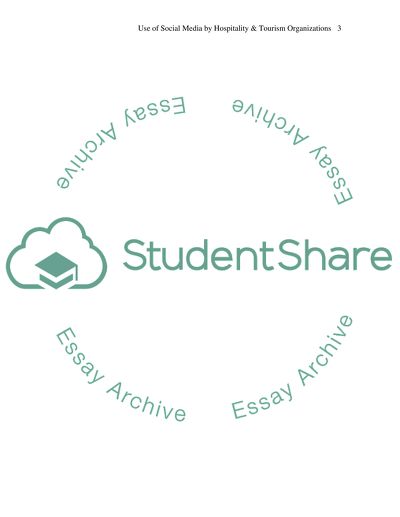Cite this document
(The Use of Social Media by Hospitality and Tourism Organizations Case Study, n.d.)
The Use of Social Media by Hospitality and Tourism Organizations Case Study. Retrieved from https://studentshare.org/media/1584934-social-media
The Use of Social Media by Hospitality and Tourism Organizations Case Study. Retrieved from https://studentshare.org/media/1584934-social-media
(The Use of Social Media by Hospitality and Tourism Organizations Case Study)
The Use of Social Media by Hospitality and Tourism Organizations Case Study. https://studentshare.org/media/1584934-social-media.
The Use of Social Media by Hospitality and Tourism Organizations Case Study. https://studentshare.org/media/1584934-social-media.
“The Use of Social Media by Hospitality and Tourism Organizations Case Study”. https://studentshare.org/media/1584934-social-media.


